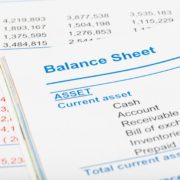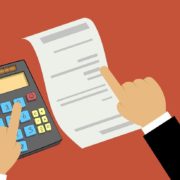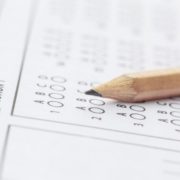Balance Sheet 101: How to Assess Your Businesses Financial Position
A balance sheet, sometimes referred to as a statement of financial position, is a key report for assessing your business’s financial health over time. An organization’s balance sheet provides a snapshot of the company’s financial position at a specific point in time and is built around three main components: assets, liabilities, and owner’s equity. A quick review of the balance sheet can reveal whether a business has enough cash to keep operating—or how heavily it may be in debt. In this article, we’ll break down each component in more detail and explore some helpful ratios to guide your balance sheet analysis.
Assets:
Assets represent what a company owns and are typically divided into two categories: current assets and non-current assets. Current assets include cash and cash equivalents, accounts receivable, prepaid expenses, and inventory—resources expected to be converted into cash within twelve months. Non-current assets, on the other hand, provide value to the company for more than a year. These often include property, plant, and equipment, as well as intangible assets such as goodwill, intellectual property, and long-term investments.
Liabilities:
A liability is what the company is obligated to pay in the future. Like assets, there are two types of liabilities: current liabilities and long-term liabilities. Current liabilities are due within twelve months and most commonly consist of accounts payable, short-term portion of debt, and accrued expenses. Long-term liabilities are anything due beyond twelve months and include items such as the long-term portion of debt, capital leases, deferred tax liabilities, or pension obligations.
Owners’ Equity:
Owners’ equity, also commonly called shareholders equity or net assets, is the remaining value left after liabilities are subtracted from assets. Equity shows the net worth of the company from the shareholders’ perspective and is a key indicator of a company’s profitability over time. The equity balance typically includes retained earnings (profits reinvested in the business), owners’ equity (the owner’s direct investment), and owners’ draw (funds withdrawn from the business by the owner).
Key Ratios:
Now that we have identified the three components of the balance sheet, we can examine how to utilize each component to further analyze your business. There are three key ratios that can be used: the current ratio, quick ratio, and debt-to-equity ratio.
Current Ratio – The current ratio will indicate whether your company has sufficient cash or short-term assets to cover its short-term bills. The formula for the current ratio is current assets divided by current liabilities. A current ratio of 1.2 or higher is considered adequate. If the ratio falls below 1, it may signal that your company is in trouble of not being able to pay its short-term bills.
Quick Ratio – The quick ratio is similar to the current ratio; however, it is a little more conservative as it removes inventories that are not always converted into cash at their book value. The quick ratio evaluates the business’s ability to meet its current obligations using its most liquid assets. The formula for the quick ratio is current assets minus inventories minus prepaid expenses divided by current liabilities.
Debt-to-Equity – The debt-to-equity ratio indicates how much debt a business is using to finance its operations rather than its own resources. This is calculated by dividing a business’s total liabilities by its owner’s equity. A lower debt-to-equity ratio is more favorable than a higher one; a too-high ratio may suggest an overreliance on debt.
Have questions about your balance sheet? Contact Leone, McDonnell & Roberts to connect with a trusted advisor who can help you navigate your financial reports with clarity and confidence.










